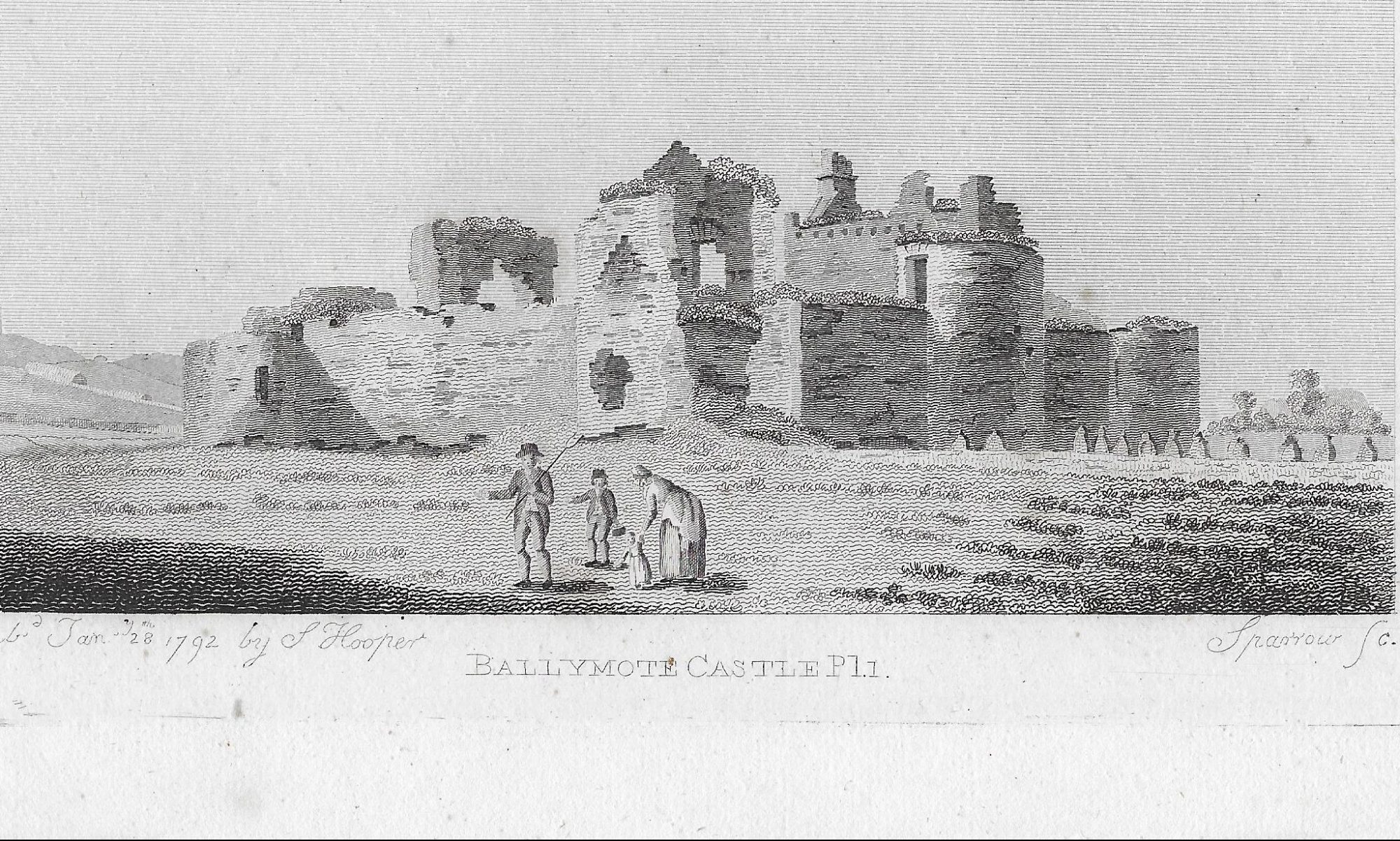With the launch and promotion of my new book postponed for the time-being due to the Covid 19 emergency, last Friday began for me with the welcome news that Spanish archaeologists have begun a dig in the city of Valladolid which they state has a very good chance of finding the long-lost remains of Red Hugh O’Donnell. Red Hugh’s career formed the basis of my PhD thesis way back in the early 2000s and this research allowed me to write my first book, Red Hugh O’Donnell and the Nine Years War, which was published in 2005. (It does not seem like 15 years ago!) Enthusiasts have been looking for Red Hugh’s grave for many years. The difficulty has been that the Franciscan monastery, which apparently was large and impressive, where O’Donnell was buried in the chapter area, was torn down during the nineteenth century and the entire area redeveloped. I myself remember meeting one of the enthusiasts many years ago in Dublin who was armed with impressive maps of the utilities in the streets where the monastery used to be. Unfortunately I could not assist with the search as I personally was in favour of leaving Red Hugh undisturbed where he was. This was just how I felt about it and we are all entitled to our personal opinions. I also feared that the friars may have removed Red Hugh’s skeletal remains to the municipal ossuary a few years after his death in 1602. This practice continued until surprisingly recent times in many European countries. However, photos already released by the dig archaeologists suggest that skeletal remains in the chapter were left in place.
Now that the dig is on it is actually quite exciting and I wish the Spanish archaeologists well. The search for Red Hugh appears to be much like the finding of Richard III in Leicester, who had also been buried in a prestigious abbey that had vanished long ago. I am not sure if new information about the location of Red Hugh O’Donnell’s grave emerged recently, but possibly a ground-plan of the old monastery was found. From photos uploaded online the dig looks like it is taking place in one of the small streets just off the Plaza Mayor in the city. The archaeologists have stated that they have discovered the chapter area of the old monastery where Red Hugh was buried which they are calling the Chapel of Marvels. Skeletal remains and two wooden coffins have already been uncovered and the archaeologists state that they are confident that Red Hugh’s grave will be located and his remains identified. May they enjoy every success!
